Best apps for buying and selling online
Are you looking to buy and sell items online? Perhaps you’re saving up for an upgrade, decluttering your home, or searching for a great deal on a premium item.
Whatever your goals, you don’t want the process of buying and selling to be a hassle. Instead, you want a safe experience that helps you get the most out of transactions. Now, thanks to a number of buying and selling apps, you have access to a broader market than ever before. Let’s check out how these apps make buying and selling more convenient and accessible.
The benefits of buying and selling apps
People sell items at garage sales and community events, as well as to friends, coworkers, and family. But using apps offers several advantages over traditional methods. Here are some of the key benefits for those looking to sell or buy through apps:
- Higher profit: Since you can reach more people looking for specific products and brands, it’s easier to raise your prices.
- Convenience: These apps allow you to buy or sell items right from your smartphone without having to visit a physical store or marketplace.
- Wider audience: You can reach a global market, increasing the chances of finding the right buyer or seller quickly.
- Cost-effective: Many apps offer free listings, and some even eliminate the need for a middleman, saving you money on fees.
- Safety features: Modern apps include safety measures such as user reviews, ratings, and secure payment gateways to protect both buyers and sellers.
- Ease of use: Apps with intuitive interfaces make it fast and easy to list items, browse categories, and complete transactions with just a few taps.
Tips for choosing the right app for your needs
The truth is that there isn’t one app that covers every use case perfectly. For example, you probably sell your prom dress on the same app that you use to sell your car. So, what should you consider when choosing an app?
- Type of items: Some apps are better suited for specific categories of goods, like electronics, fashion, or furniture. Make sure the app you choose aligns with the items you plan to buy or sell.
- Audience: Consider whether the app targets a local, national, or global audience. For larger items like furniture, a locally focused app might be more practical.
- Fees: Review any listing fees, transaction fees, or membership costs associated with the app. Some apps offer free listings but charge a percentage of the sale.
- User experience: The app’s interface should be easy to navigate. Look for apps with positive user reviews regarding ease of use, customer service, and reliability.
- Payment options: Check if the app supports secure payment methods that you and your buyers or sellers are comfortable with.
- Safety features: Some apps have features like verified user profiles, secure transactions, and buyer/seller ratings that provide additional layers of security.
11 apps to help you buy and sell online with ease
1. eBay
- Key features: auction-style listings, Buy It Now option, global marketplace, PayPal integration
- Pros: wide audience, strong buyer protection policies, flexibility in pricing
- Cons: listing fees, complex fee structure, competitive market
- Pricing: It’s free to list items, but eBay collects up to 15 percent of the sale price as a fee, depending on the category of the item.
- Platforms: web, iOS, Android
- Ratings: 4.8 on the App Store, 4.7 on Google Play
eBay is one of the original online buying and selling platforms, offering both auction-style and fixed-price listings. Its global reach makes it a powerful tool for finding buyers, no matter what you sell. However, the platform’s fee structure can be a bit complex, and sellers should be mindful of the costs involved.
2. Jotform Apps
- Key features: drag-and-drop app builder, customizable app templates, 300 online store app templates, integration with 30-plus payment processors
- Pros: highly customizable, no coding required to build your own app, seamless payment integrations and tracking
- Cons: not a traditional marketplace app, potential learning curve for advanced features
- Pricing: free tier available; paid plans starting at $34 per month
- Platforms: web, iOS, Android
- Ratings: 5.0 on the App Store, 4.8 on Google Play (both for Jotform Mobile Forms)
Jotform Apps is a powerful tool for those who want to create their own buying and selling apps without needing any coding skills. You can select a customizable template for a quick starting point and tweak it to fit your needs. Its seamless integrations with over 30 payment processors makes it easy to collect payments from buyers, while Jotform Tables lets you seamlessly track all your orders.
3. Facebook Marketplace
- Key features: local buying and selling, integration with Facebook profiles, messaging capabilities
- Pros: large user base, easy communication through Facebook’s Messenger, no listing fees
- Cons: fewer buyer protections compared to other platforms
- Pricing: free to use
- Platforms: web, iOS, Android
- Ratings: 4.4 on the App Store, 4.5 on Google Play (for Facebook overall)
Facebook Marketplace allows users to buy and sell items within their local communities, leveraging the vast Facebook user base. It’s easy to list items and communicate directly with potential buyers through Messenger. While it’s excellent for local transactions, it doesn’t offer the same level of buyer protection as other platforms, so users should take extra precautions.
4. Poshmark
- Key features: virtual closets, virtual shopping events, social media integration
- Pros: Poshmark has strong community engagement, makes it easy to list items, and handles shipping fees.
- Cons: relatively high fees, limited to fashion and home goods
- Pricing: free listing; flat fee of $2.95 for sales under $15 and a 20 percent commission for sales over $15
- Platforms: web, iOS, Android
- Ratings: 4.8 on the App Store, 4.6 on Google Play
Poshmark is a popular app for buying and selling fashion items with a strong focus on social shopping. Users like its streamlined process, seller protection, and advanced SEO. However, the platform’s commission fees can be steep, particularly for higher-priced items.
5. OfferUp
- Key features: local marketplace, in-app messaging, user ratings, easy item listing
- Pros: simple tool to use, no listing fees, free local sales, built-in messaging system
- Cons: fewer buyer protections, 2-day window to request a refund
- Pricing: free to list; optional shipping and promotion fees
- Platforms: web, iOS, Android
- Ratings: 4.8 on the App Store, 4.4 on Google Play
OfferUp makes it easy to list items and connect with buyers in the United States. The app’s straightforward interface and built-in messaging system streamline the process. While it’s great for local sales, some users have reported potential scams due to limited buyer protections.
6. Mercari
- Key features: nationwide marketplace, in-app shipping labels, buyer/seller protection
- Pros: simple listing process, nationwide reach, low fees, strong safety features
- Cons: available only in the U.S. and Japan
- Pricing: free to list; 2.9 percent + $0.50 payment processing fee and a flat fee for direct deposits to your bank
- Platforms: web, iOS, Android
- Ratings: 4.8 on the App Store, 4.6 on Google Play
Mercari provides a user-friendly platform for buying and selling a wide variety of items. The app makes it easy to list products and handle shipping, with built-in safety features that protect both buyers and sellers. Although it’s limited to the U.S. and Japanese markets, Mercari’s low fees and strong community make it a great choice for those looking to sell to a wider audience.
7. Craigslist
- Key features: local classifieds, simple interface, direct communication with buyers/sellers
- Pros: no listing fees, broad range of categories, strong local presence
- Cons: limited safety features, outdated interface, prone to scams
- Pricing: free to list; fees apply in some categories (e.g., job postings, certain sales)
- Platforms: web, iOS, Android
- Ratings: 4.8 on the App Store, 4.6 on Google Play
Craigslist remains a popular option for buying and selling items locally, offering a straightforward platform with no listing fees. It covers a broad range of categories, from furniture to cars, making it a versatile choice. However, users should be cautious due to its limited safety features and the potential for scams.
8. Depop
- Key features: in-app messaging, global marketplace, social media integration
- Pros: strong community, perfect for niche fashion and vintage items, no selling fees
- Cons: marketplace fee for buyers, potentially costly shipping for international buyers
- Pricing: free to list, no U.S. selling fees (though there are payment processing fees), marketplace fee of up to 5 percent for buyers
- Platforms: web, iOS, Android
- Ratings: 4.8 on the App Store, 4.5 on Google Play
Depop is a trendy app for buying and selling fashion and vintage items, with a strong community of fashion enthusiasts. It combines the appeal of social media with e-commerce, making it ideal for those looking to sell unique or niche items. The low fees and the app’s vibrant community can make it a worthwhile platform to check out.
9. Chairish
- Key features: curated recommendations, white-glove delivery service, in-app messaging
- Pros: focus on upscale, vintage, and designer items; professional shipping options
- Cons: higher listing fees; limited to furniture, decor, and jewelry; approval process for listings
- Pricing: Commissions for sellers are based on the seller’s plan, ranging from 3–45 percent. Listings are free.
- Platforms: web, iOS
- Ratings: 4.9 on the App Store, 3.7 on Google Play
Chairish is the go-to app for buying and selling upscale furniture and home decor. Its website focuses on helping customers find unique pieces while providing inspiration for decor and design. While the platform’s higher fees and approval process may deter some sellers, it’s an excellent choice for those dealing in luxury items.
10. Vinted
- Key features: in-app messaging, buyer protection, community forums
- Pros: no seller fees, strong community engagement, easy listing process
- Cons: limited to fashion and accessories
- Pricing: free to list; 5 percent protection fee for buyers
- Platforms: web, iOS, Android
- Ratings: 4.8 on the App Store, 3.5 on Google Play
Vinted is a fashion-focused marketplace that stands out by not charging any selling fees, making it an attractive option for those looking to sell clothes, shoes, and accessories. With a simple listing process and an active community, Vinted is ideal for fashion enthusiasts. However, it’s limited to fashion-related items, and buyers must pay a buyer protection fee.
11. Reverb
- Key features: price guide, buyer protection, in-app messaging, financing through Affirm
- Pros: specialized marketplace for musicians, detailed listings, buyer protection, transparent pricing
- Cons: limited to musical instruments and gear
- Pricing: free to list; 5 percent commission on sales
- Platforms: web, iOS, Android
- Ratings: 4.9 on the App Store, 4.8 on Google Play
Reverb is the premier marketplace for musicians, offering a platform dedicated to buying and selling musical instruments and gear. With detailed listings, transparent pricing, and a strong focus on buyer protection, Reverb is a must-use for musicians. The specialized nature of the app and the 5 percent selling fee are considerations, but for those in the music industry, it’s an unbeatable resource.
Jotform Apps: A great way to create your own buying and selling apps
While there are plenty of buying and selling apps available, what if none of them perfectly fits your needs? That’s where Jotform Apps comes in. Jotform allows you to create a custom buying and selling app tailored to your specific requirements — no coding required.
With over 300 online store app templates available, you’ll have a great starting point. Whether you’re selling accessories, furniture, or second-hand clothing, Jotform has a template that suits your needs. For example, if you want to sell watches, the Watch Selling App template provides a streamlined design to showcase your products beautifully. Similarly, the Second Hand Furniture App template and the Second Hand Clothing App template are tailored for those specific markets.
Jotform makes it easy to share your custom app with a broader audience. You can quickly share your app on social media platforms or embed it directly into your website, expanding your reach and driving more sales. If you’re looking for a flexible, easy-to-use platform to create your own buying and selling app, Jotform is an excellent choice. Try it for free today.
Photo by Jonas Leupe on Unsplash


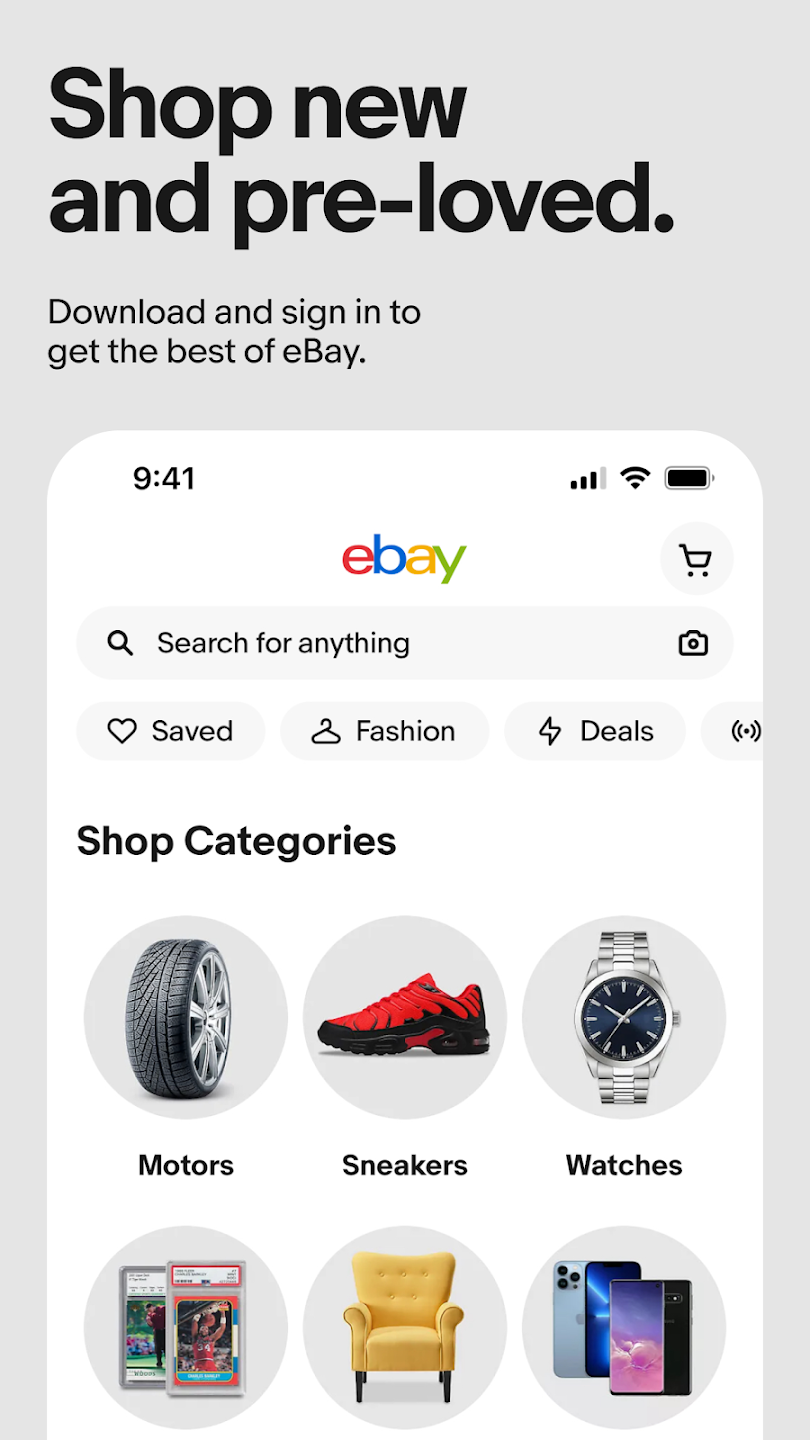
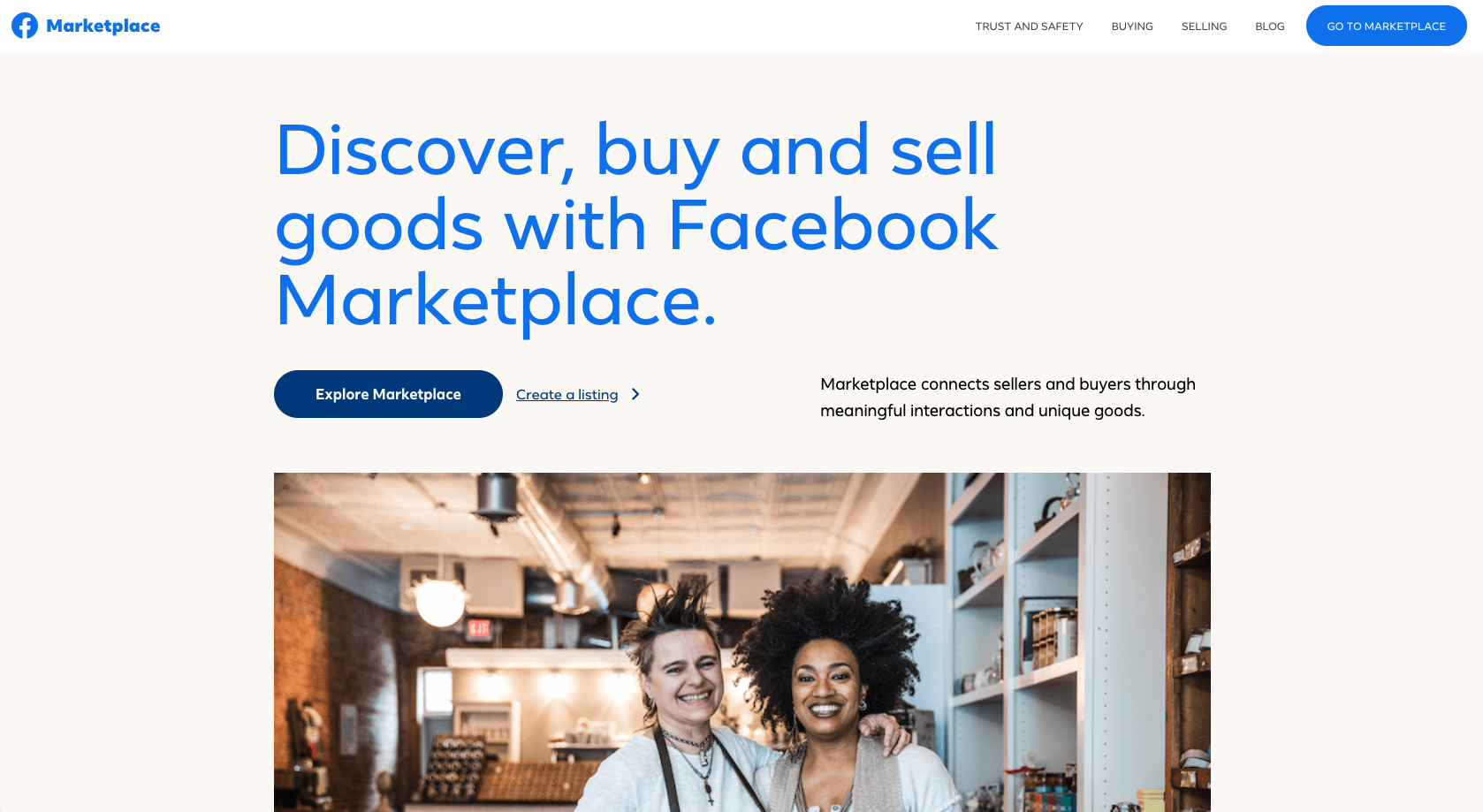
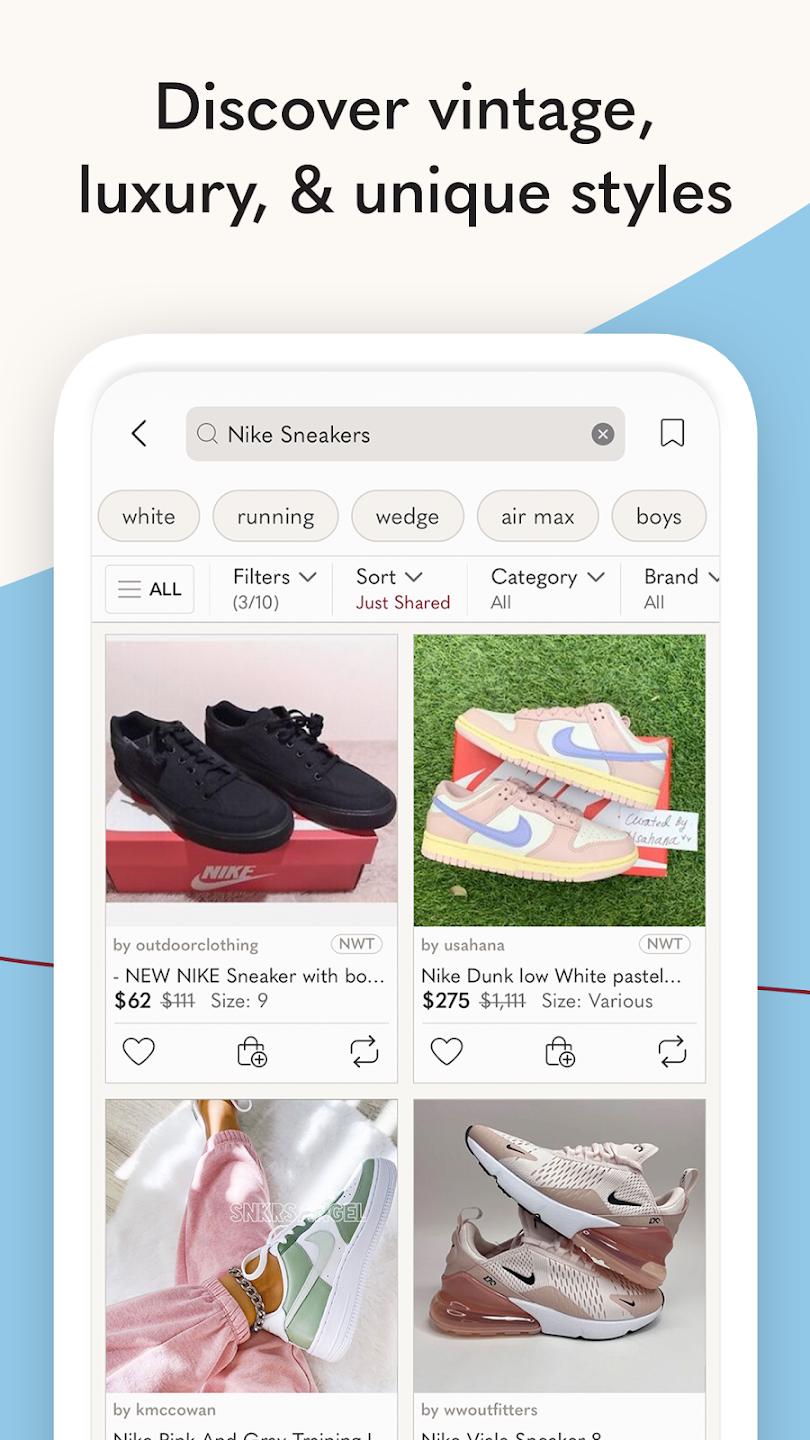
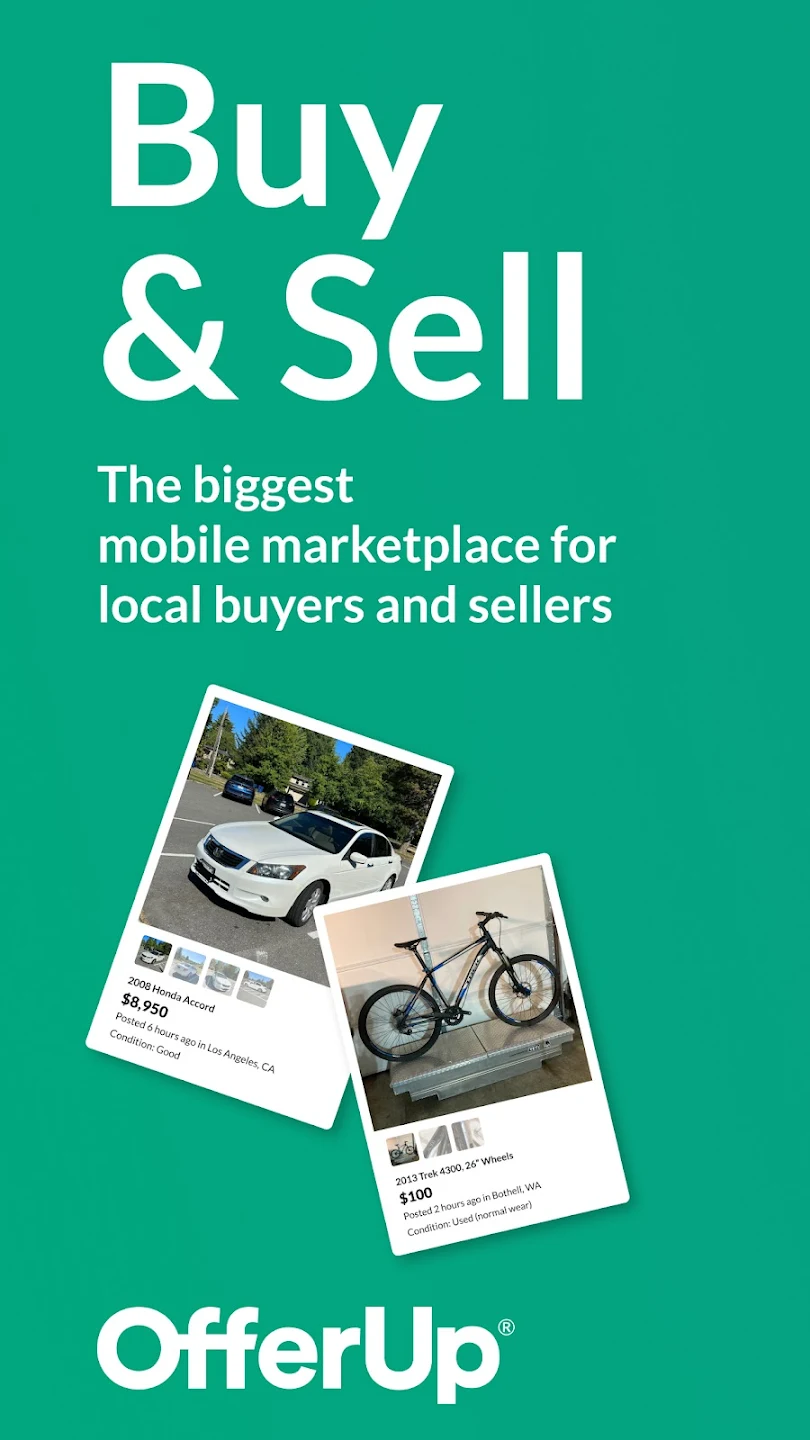
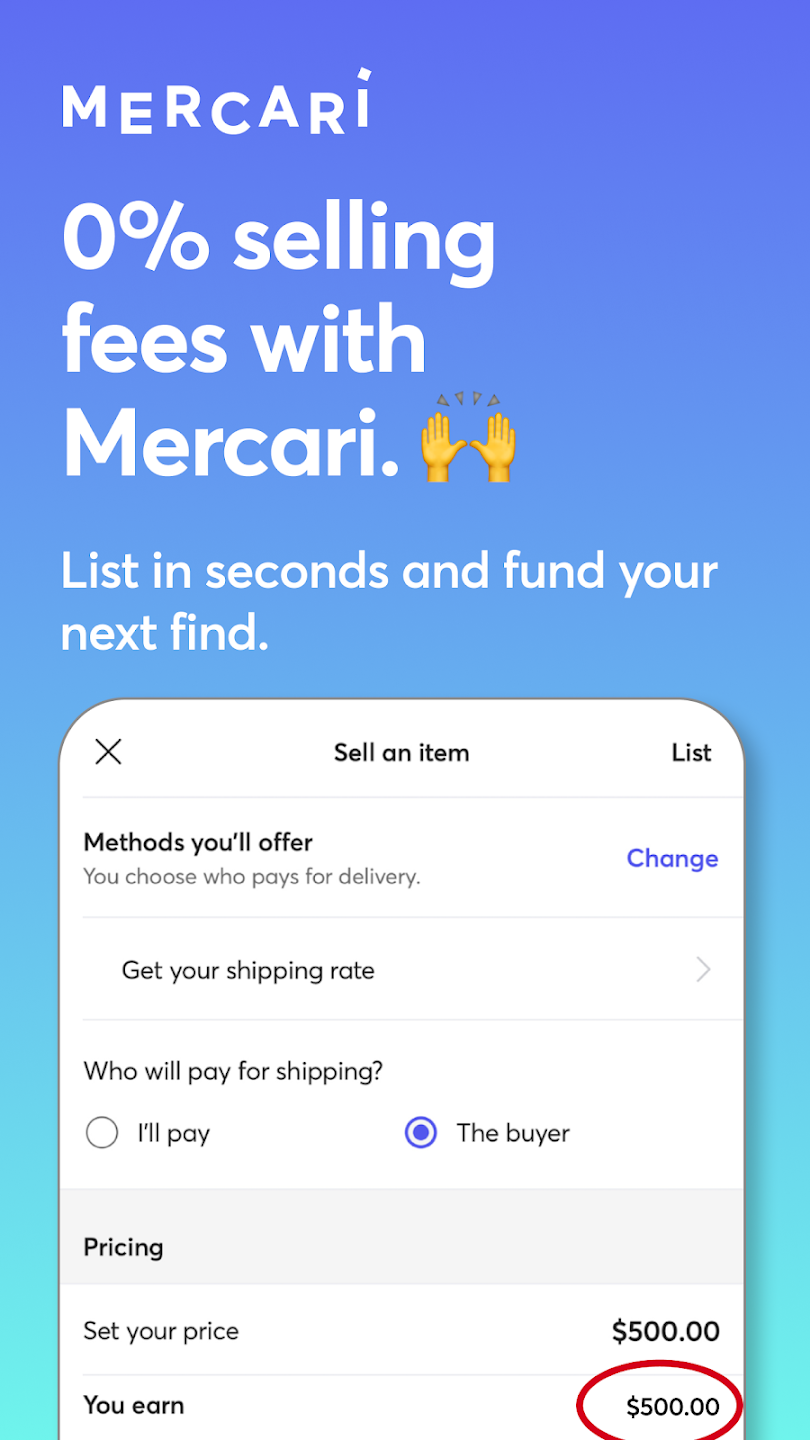
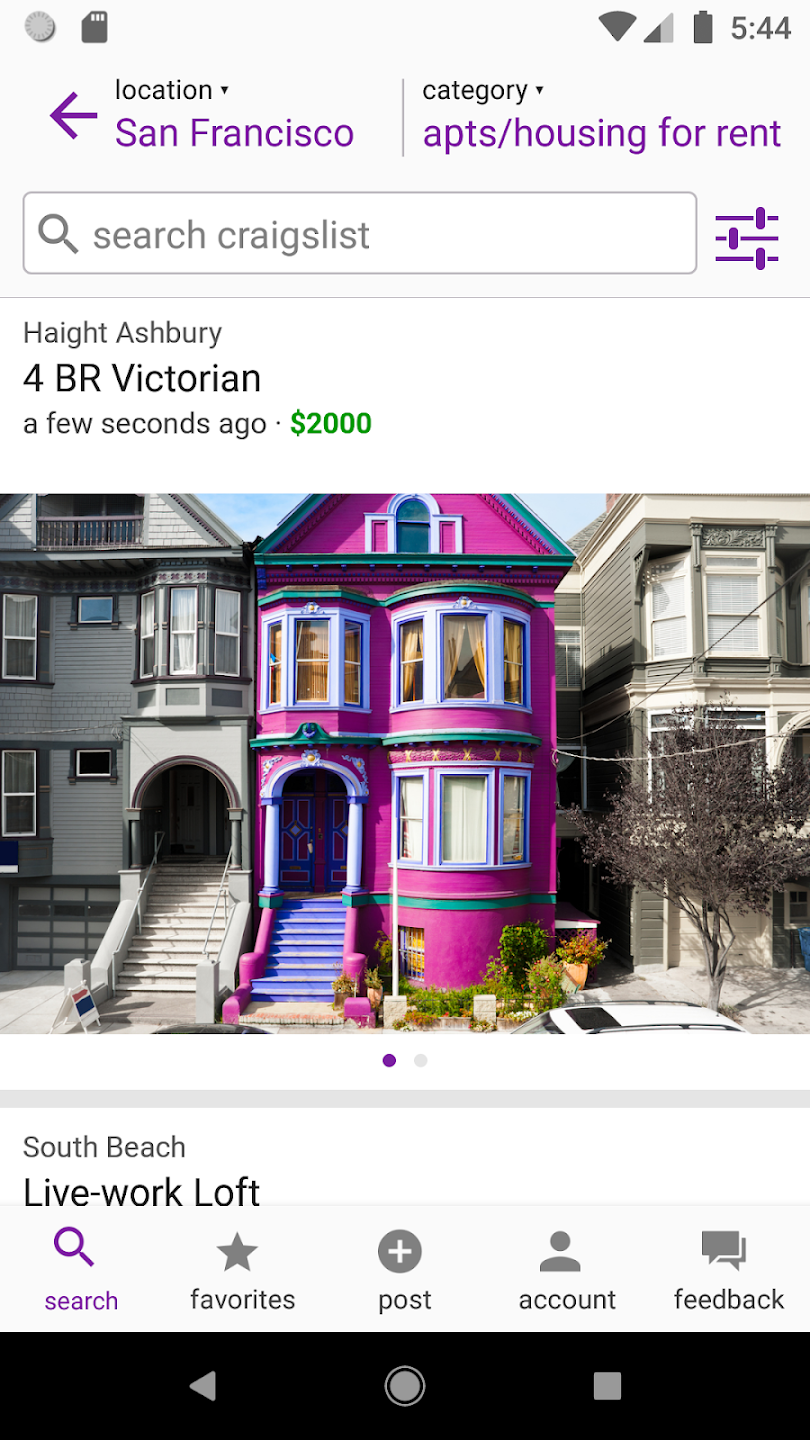
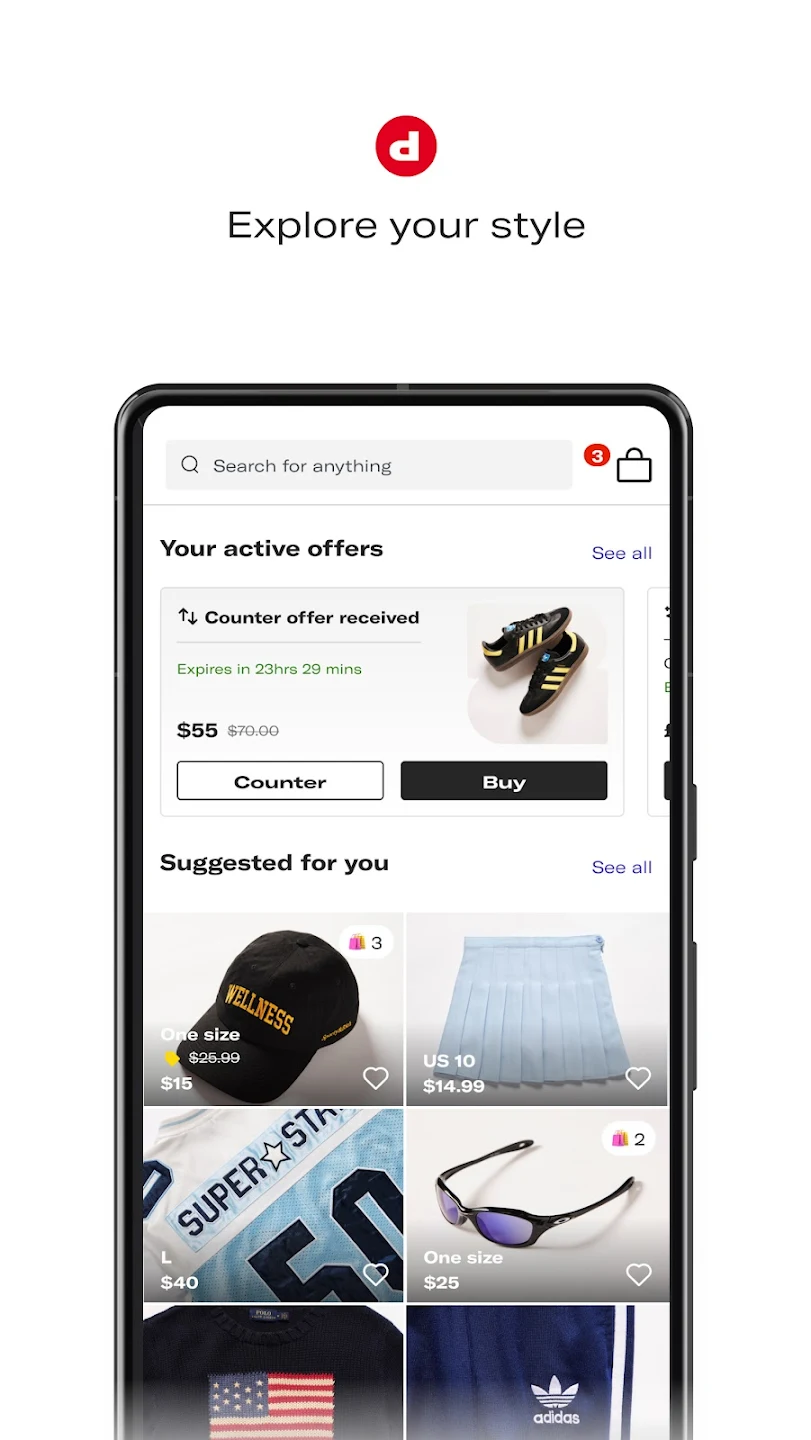
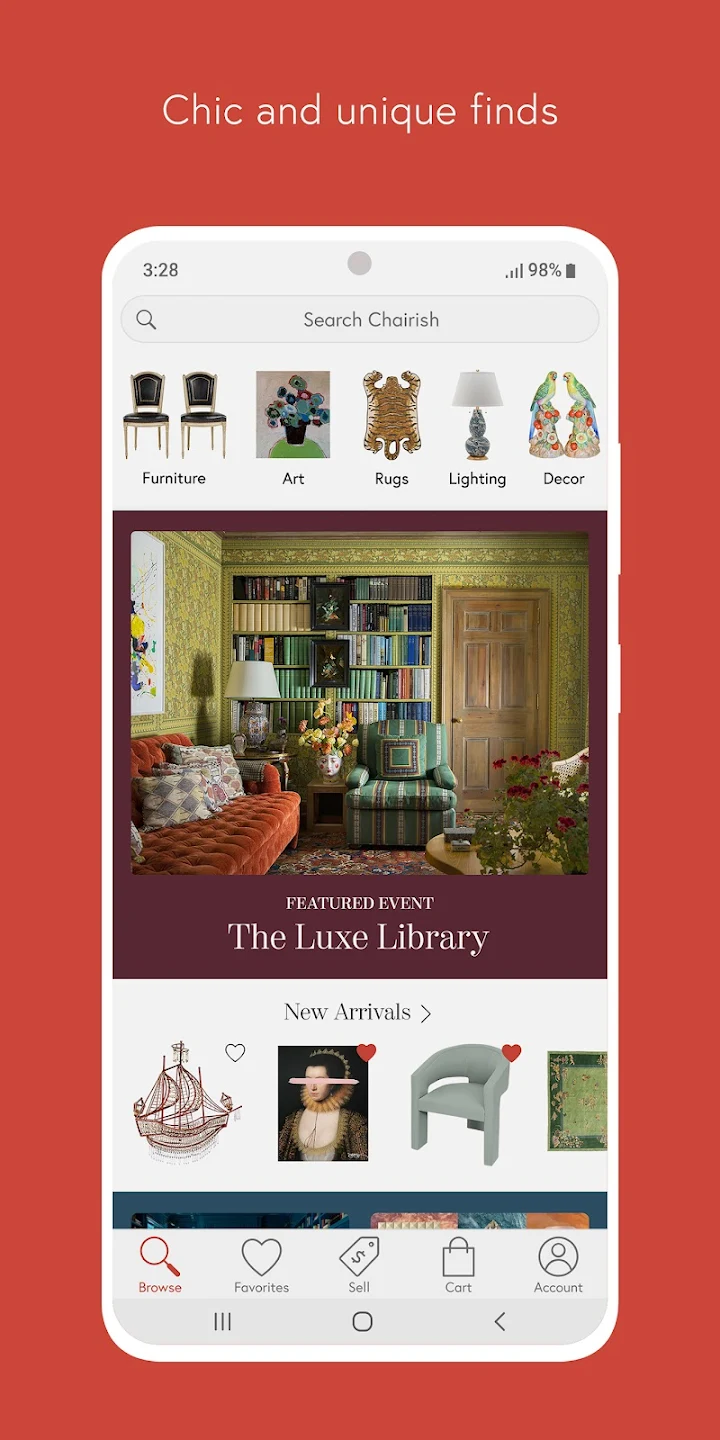
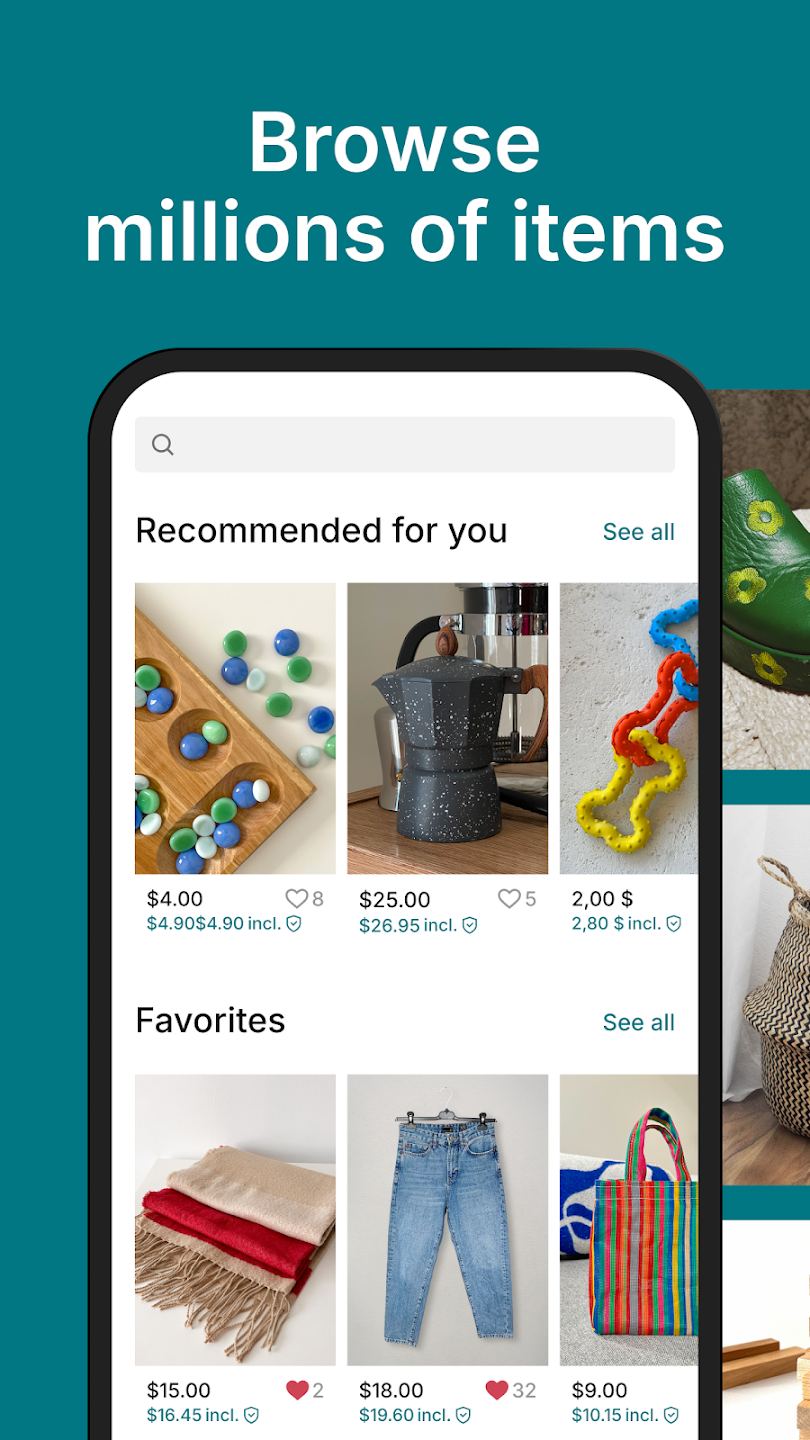
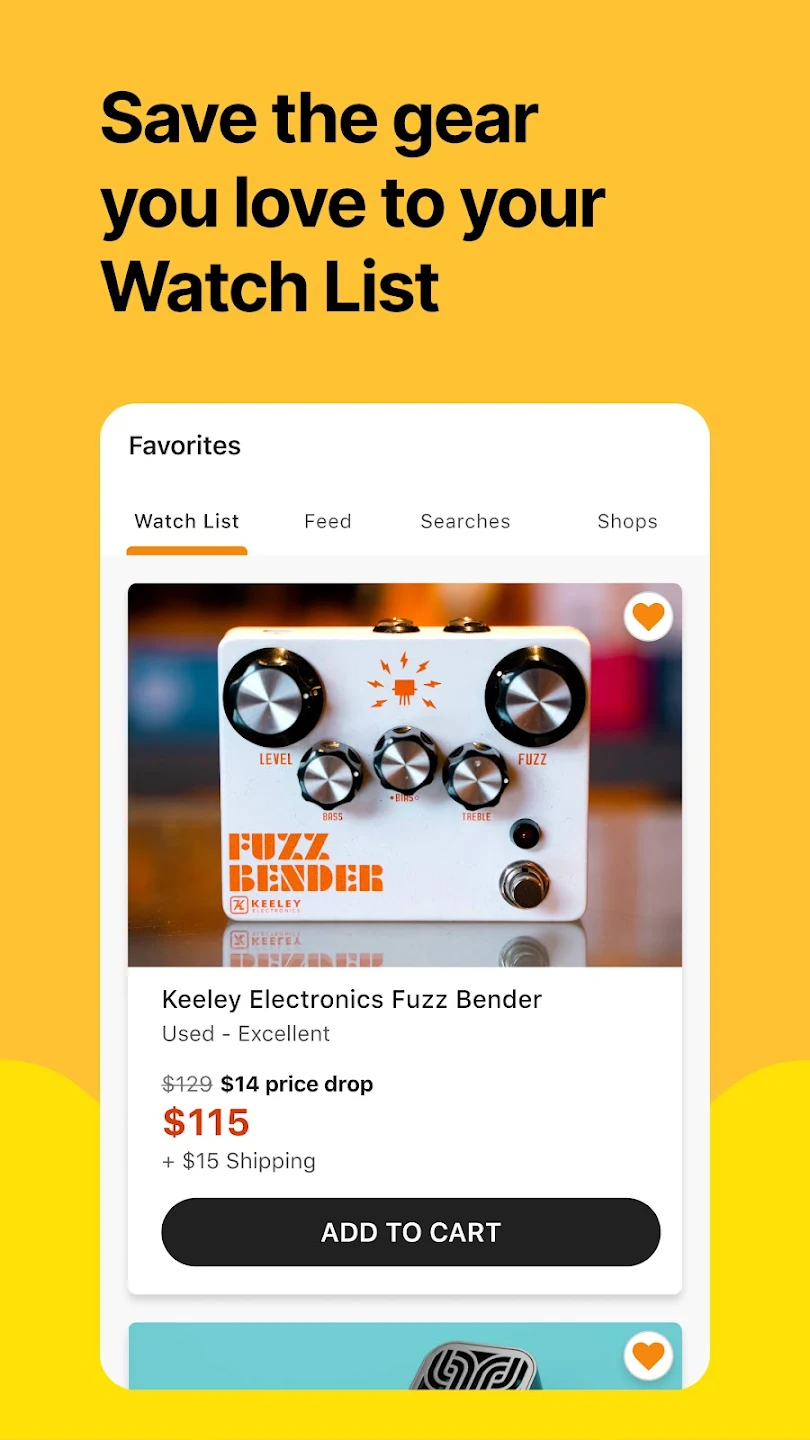





















Send Comment: